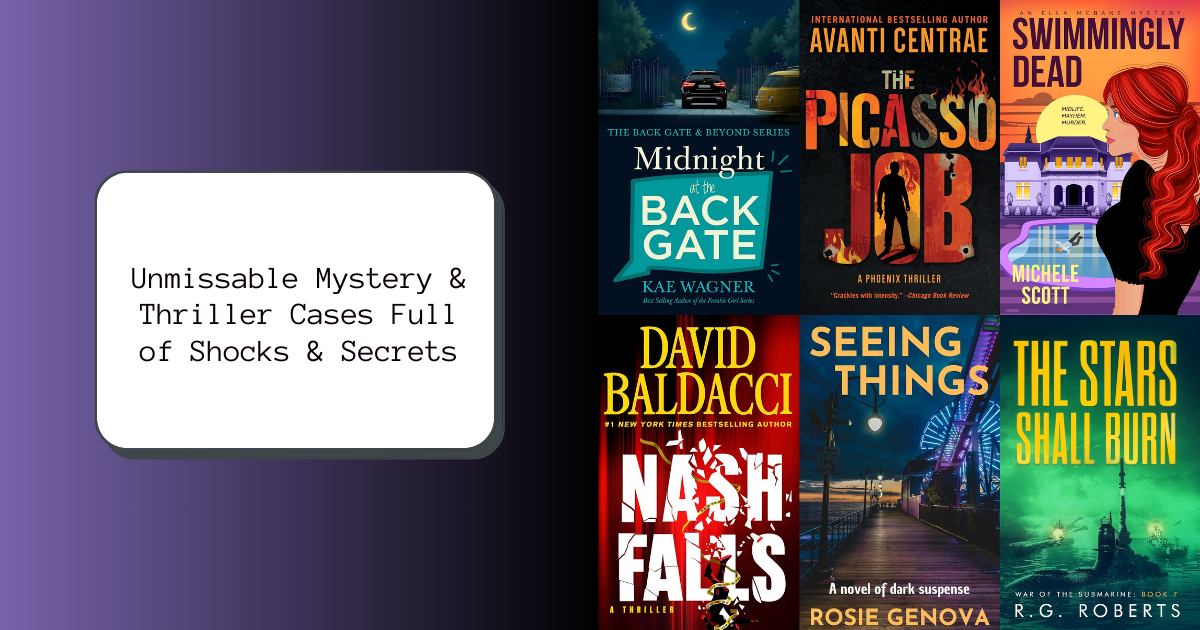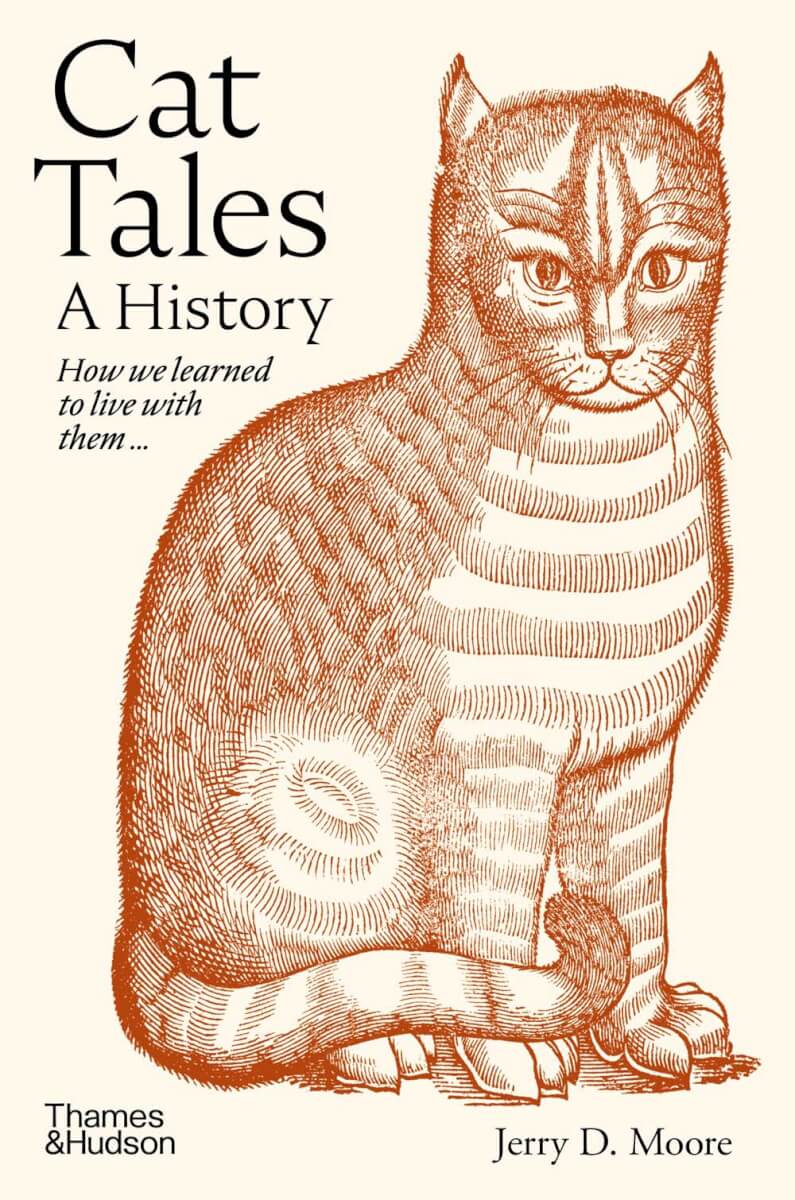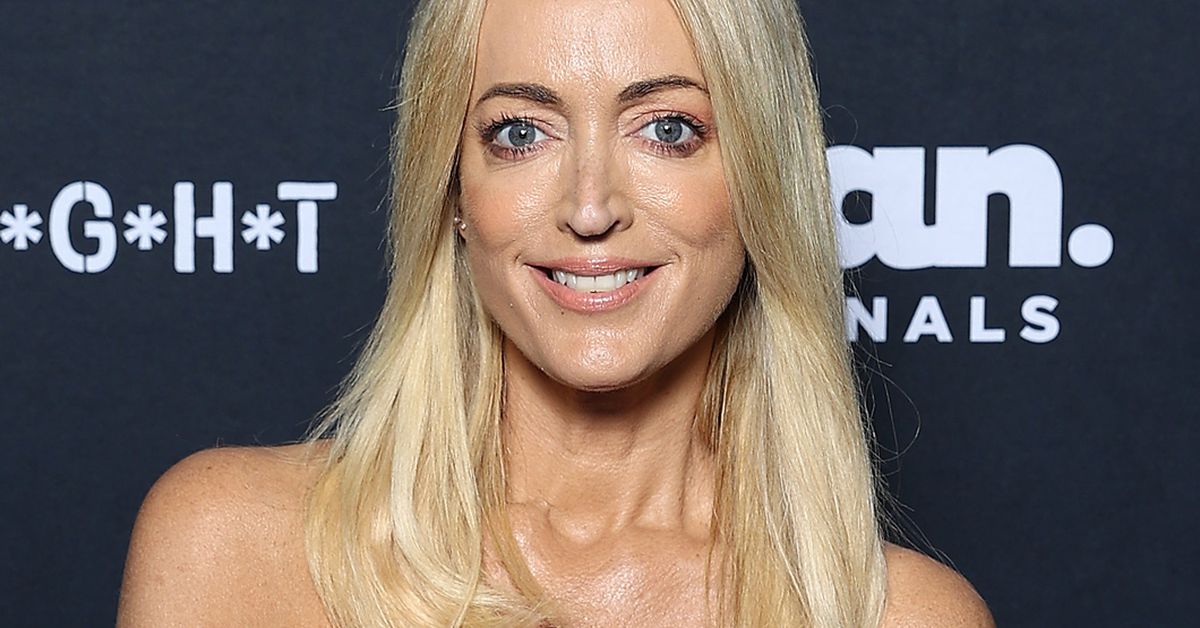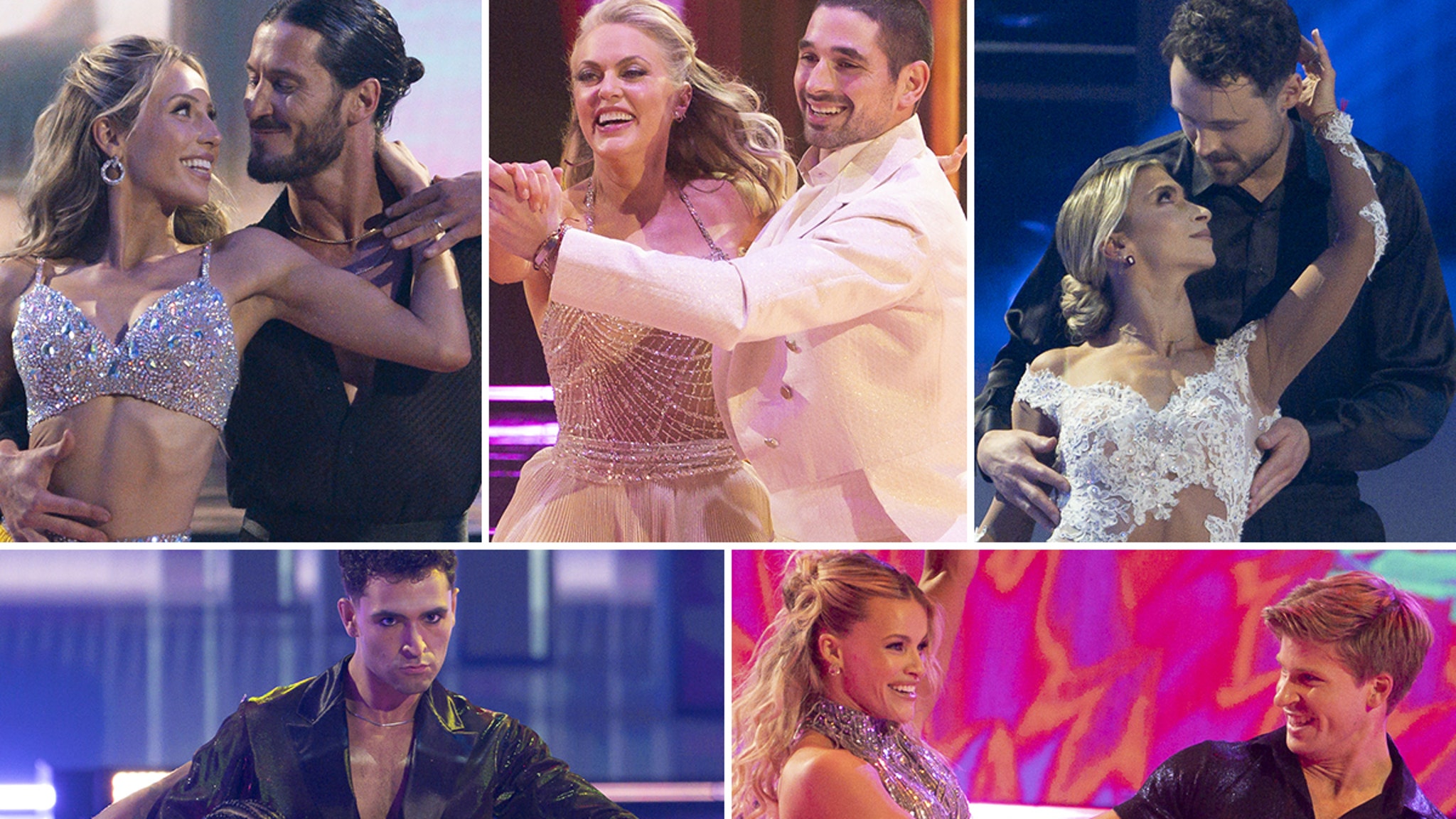In 1592, unhappy witch Cybil sells her soul to a demon named Miriam in return for reincarnation. As Miriam chases Cybil across the centuries, intent on claiming her payment in each of Cybil’s lives, their relationship morphs from antagonism to love, and Siegel explores the ever-evolving concept of “dangerous womanhood.”
Why Faust?
I studied the literature of the English Renaissance at university, and I was really struck by Marlowe’s Doctor Faustus from the first moment I read it—not only because of its queer undertones and sheer brilliance, but because it seemed to capture a sense of anger and inertia that feels really timeless. As Many Souls as Stars was never intended to be a retelling of Faust as much as a story inspired by its themes, and in particular I wanted to bring a feminist perspective to the concept of “selling your soul”—what sort of desperation, or ambition, would drive a woman to such lengths? While the novel is deeply rooted in the historical periods it’s set in, I wanted to make something about Cybil’s isolation and frustration timelessly human, and that’s true of Marlowe’s Faustus, too.
Do you think two beings could be tied together through such a bargain as Cybil and Miriam’s without romantic entanglement—or is the romance inevitable?
The romance in As Many Souls as Stars is inevitable, I think, because Cybil and Miriam are the only two people truly capable of understanding each other. Their bargain creates a reliance that’s so emotionally fraught, I don’t know how attraction couldn’t spark at some point! That being said, I don’t think that’s a universal scenario. For Cybil and Miriam it’s a bit of a chicken and egg situation—Miriam offers the deal because Cybil is special, and it’s Cybil’s uniqueness that draws Miriam’s attraction. The romantic elements are there from the moment they meet, and they’re both very aware of that!
“It’s definitely a toxic love, for both of them. But it’s definitely still real.”
In your historical research on witches, was there much emphasis put on darkness versus lightness? Or was that something you brought to the story?
Traditional early modern ideas of witches are deeply, intrinsically tied with Christian ideas about God and the devil, and in Renaissance thought those two beings are often connected with light and dark respectively. That being said, it was important to me that the light and dark motif throughout the story felt more primal, something more ancient and less directly entangled with biblical ideas. That’s why there’s so much focus on shadow and fire particularly; these elemental forces that have always been in opposition, and which Miriam and Cybil represent themselves.

At one point, another character says to Miriam, “I am a witch. He is only a man.” Do you think the magic in As Many Souls as Stars is linked directly to womanhood?
Undoubtedly it is, yes—there are magic users in the book that aren’t women, but part of what makes Cybil so isolated (and according to others, dangerous) is that she’s a “First Daughter.” Her experience as a witch is directly tied to her being a woman, even in later periods where the early modern concept of “witches” is less prominent. So it was important to me that her magic was something interlinked with her femininity, not existing in spite of it. Miriam, too, could have chosen any form to take, but she remains in a woman’s body whenever she’s in human form because it feels right to her, and she has no need to worry about the patriarchy around her! In that way, both characters have their magic and their womanhood interlinked, albeit in really oppositional ways.
Why did you choose the historical periods you did for Cybil’s lives? Were these years significant in the history of witchcraft?
I chose these three periods because, to me, they represented three different paradigms of “dangerous womanhood.” In the English Renaissance, we have, of course, the witch; in the Regency period, we have the spinster; in the 1930s, we have the femme fatale. Because so much of Cybil’s journey is about her learning to wield her power as a woman and defy the expectations around her, I wanted to choose settings that allowed her to chafe against those expectations in different ways. What’s also interesting about these three eras is they’re all ones where ideas about what a woman should be were changing or debated. In the 16th century, the reign of Elizabeth I had made many question what role a woman should have in politics; in the late 18th and early 19th centuries, women writers and thinkers had new prominence; and in the interwar era, you have a massive upheaval in terms of voting rights, economic significance, etc. for women across the Western world. While not all of those things are explicitly explored, they provided a really rich thematic backdrop for me to work with!
Read our starred review of ‘As Many Souls as Stars’ by Natasha Siegel.
At one point, Cybil says that love isn’t always a kind, beautiful thing—that that’s a lie we tell ourselves. Do you agree?
It’s a little cynical, maybe, but I think I do. To me, love is utterly overwhelming, an extreme of emotion, and like any extreme it can be wonderful or terrifying. Love can be kind, of course, but it’s something that evolves and it’s something we have to put effort into. If we want love to be beautiful, we need to make it so. For Cybil and Miriam, love is as destructive a force as hatred, perhaps even more so, and that’s what really drew me in while I was writing them. It’s an unusual dynamic but a really interesting one to explore!
Do you think Miriam loves Cybil as much as Cybil loves her?
The way Miriam loves is different to the way that Cybil loves, so it’s difficult to quantify which one loves more. Cybil loves like a drowning woman—she reaches for it in moments of desperation, it’s something she needs, even if she wishes she didn’t need it in the first place. For Miriam, love is a sword. It’s something she can use to wound—both herself and others—and as a creature that’s inherently so destructive, that makes it incredibly compelling to her. So it’s definitely a toxic love, for both of them. But it’s definitely still real, even if it’s sometimes ugly.
Author photo of Natasha Siegel by Alex Stevens.











![‘Our Hero, Balthazar’ Thwarts a Would-Be School Shooter in First Images For Wild Satire Starring Noah Centineo and Asa Butterfield [Exclusive] ‘Our Hero, Balthazar’ Thwarts a Would-Be School Shooter in First Images For Wild Satire Starring Noah Centineo and Asa Butterfield [Exclusive]](https://static1.colliderimages.com/wordpress/wp-content/uploads/2025/06/untitled-design-70.jpg)






